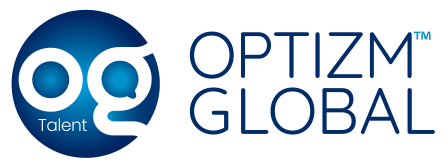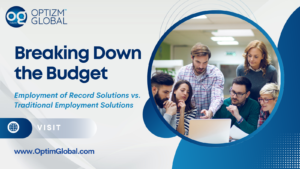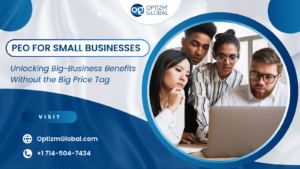Human Resource Management (HRM) is undeniably critical to the success of any organization. It is pivotal in unleashing employees’ potential, who are undoubtedly a company’s most important asset. In today’s fast-paced business world, HRM is no longer just a supervisory function but an essential driver for enhancing productivity, promoting employee engagement, and achieving strategic objectives.
Through this article, we’ll delve deeper into the critical components of HRM and their significance in modern workplaces.
Recruitment and Selection:
Recruitment is finding and hiring qualified candidates to fill open positions within an organization. This process starts with strategic workforce planning, analyzing job requirements, finding potential candidates, and screening them. HR professionals use job portals, social media, and networking events to connect with potential candidates. Selection involves assessing candidates through interviews, assessments, and reference checks to determine their suitability for the role and organizational culture. HRM ensures a fair and transparent selection process, promoting diversity and inclusion while aligning candidate skills with organizational needs. Effective recruitment and selection practices lead to a skilled and diverse workforce, which drives innovation and competitiveness.
Training and Development:
Training and development programs can help employees improve their skills, knowledge, and performance. Human Resource Management (HRM) creates and implements customized training programs to meet the needs of both the individual and the organization. These programs include training for new employees, technical skills, leadership development, and continuous learning opportunities. Investing in employee development can create a company culture that encourages learning and growth, which leads to increased employee engagement and retention. HR professionals work with managers to identify skill gaps, design training modules, and evaluate the impact of training on performance outcomes. Continuous learning and development can help employees adapt to changing business demands and drive organizational success.
Performance Management:
Performance management aims to help employees align their work with their organization’s goals. HR professionals play a crucial role in this process by setting clear goals, monitoring progress, and providing employee feedback. They also facilitate performance discussions between managers and employees. Effective performance management promotes accountability and helps employees recognize their achievements while identifying areas for improvement. HR professionals work with managers to set specific, measurable, achievable, relevant, and time-bound (SMART) goals and provide constructive feedback to help employees improve. They also offer development opportunities to enhance employee performance and foster a culture of performance excellence.
Compensation and Benefits:
Compensation and benefits are crucial to attracting, motivating, and retaining talent. HRM designs competitive packages that include salary, bonuses, incentives, healthcare, retirement plans, and work-life balance programs. HR professionals analyze market trends, benchmark salary, and ensure pay equity to maintain an engaged workforce. They also manage employee benefits programs, handle compensation negotiations, and address employee inquiries related to rewards and recognition. A comprehensive compensation and benefits strategy aligns with organizational goals, improves employee satisfaction, and supports talent retention efforts.
Employee Relations:
Employee relations are about building positive workplace relationships, solving problems, and creating a collaborative and inclusive environment. HR professionals develop policies, procedures, and communication strategies to address employee concerns, ensure fair treatment, and comply with labor laws. HR professionals are essential in resolving conflicts, working on employee engagement initiatives, and fostering teamwork. They also investigate concerns and take corrective action when required. They organize team-building activities and recognition programs to enhance morale and job satisfaction. Organizations can improve employee retention, productivity, and overall performance by creating a supportive work environment.
The Future of HRM: Trends and Challenges
HRM is facing trends and challenges that will change the way we work. Remote work models require flexible arrangements, digital tools, and a focus on employee well-being. HRM must adapt to the gig economy and embrace a diverse talent pool. AI and automation provide opportunities to improve HR processes, but ethical considerations and upskilling the workforce remain critical. Employee experience, DEI initiatives, and continuous learning are priorities for HRM to drive organizational success.
In conclusion
Human Resource Management covers various functions and practices aimed at maximizing the organization’s workforce’s potential. These include recruitment, training, performance management, compensation, and employee relations. By prioritizing HRM practices, companies can attract and retain top talent, foster a positive workplace culture, and gain a competitive advantage in today’s dynamic business environment. For more information or to read interesting articles from the world of HR, please visit OptizmGlobal.com.






